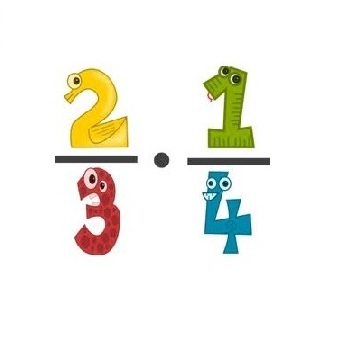Disorders Related to the Circulatory System
As per medical researchers, diseases and disorders of the circulatory system account to the highest mortality rate as compared to other ailments. Both hereditary and genetic factors are responsible for causing human circulatory system diseases. Any kind of abnormal condition, either in the circulatory system or in the heart, may affect the overall physiology of…
read more






